7 Geography Tools that Mess with Your Head. Cause that’s a Good Thing
The sad thing is that much of what we call geography instruction fails to make these emotional connections. The result? Our kids don’t remember basic geographic info or make the connections between place, people, and events.vv
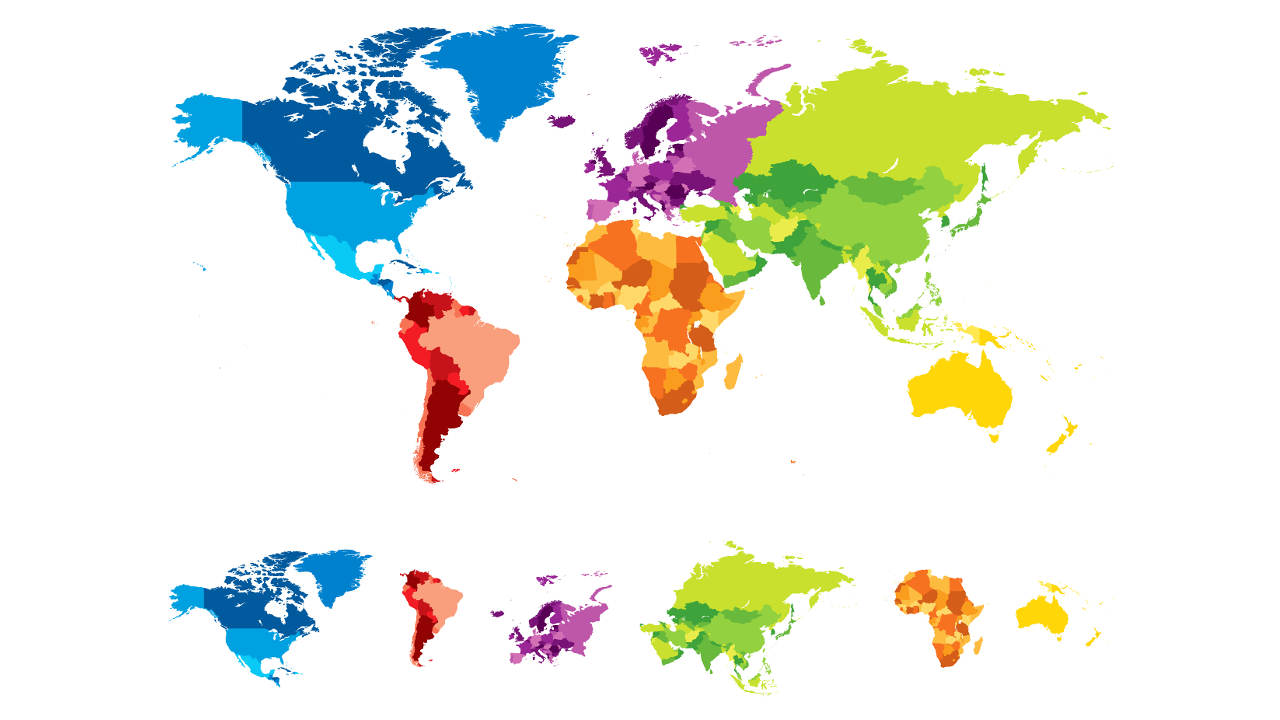
We all know that I spent a significant amount of my formative years digging through old National Geographic maps. You know the ones I’m talking about. They got slipped into the middle of the magazine and unfolded into poster size after you discovered them. I still have an old shoebox full of them. Cause they’re just so cool.
So it shouldn’t surprise any of you that an online article about maps, especially one from National Geographic, is going to catch my attention. But before we head over to take a look, a quick geography mental map quiz.
Ready?
First step, create a mental map of the world. (If you’ve got a few extra minutes and some paper and pencil, feel free to draw it out.)
Got it?
Based on your mental (or actual) map of the world, answer a few simple questions:
- How much of South America is east of Miami, Florida?
- How much of Africa is north of the equator?
- Which city is further north – Paris, France or Montreal, Canada?
- Venice, Italy is located at the same latitude of what major American city?
- Which is bigger? The lower 48 United States or Brazil?
The questions are taken from Why Your Mental Map of the World is (Probably) Wrong and they’re probably going to mess with your head. Cause most of our mental maps are wrong. And there are some pretty good reasons for that. But it’s an interesting article because it reinforces the need for the intentional integration of geography into our social studies instruction.
Tools and ideas to transform education. Sign up below.
(Need the answers? Scroll to the bottom.)
One of the things the article talks about is the emotional connection that maps make in our brains. And that’s a good thing. The sad thing is that much of what we call geography instruction fails to make these emotional connections. The result? Our kids don’t remember basic geographic info or make the connections between place, people, and events.
So we need geography activities that engage kids at the emotional level. Explore and adapt these:
Start with maps that describe things that we usually don’t think about or in ways that catch our attention. Start with these. 36 Maps That Explain the World, 40 More Maps That Explain the World, 37 Maps That Highlight Immigration in the US, and 33 Maps That Explain the United States Better Than Any Textbook.
Introduce or review basic maps skills by asking kids to map their memories. Get an idea of what that can look like at this Tumblr. Then ask students to create a map that targets something specific to them on a map. Last week in groups, our PLC created maps of Kansas that showed favorite restaurants, towns they’ve coached in, and tourist locations that they’ve visited.
Work with your ELA teachers and have students create Lit Trip maps of fiction, non-fiction, and short stories that they’re reading. Ask kids to create maps of their favorite video games or movies. Activating prior knowledge and connecting that to a visual format such as a map is perfect for building map skills.
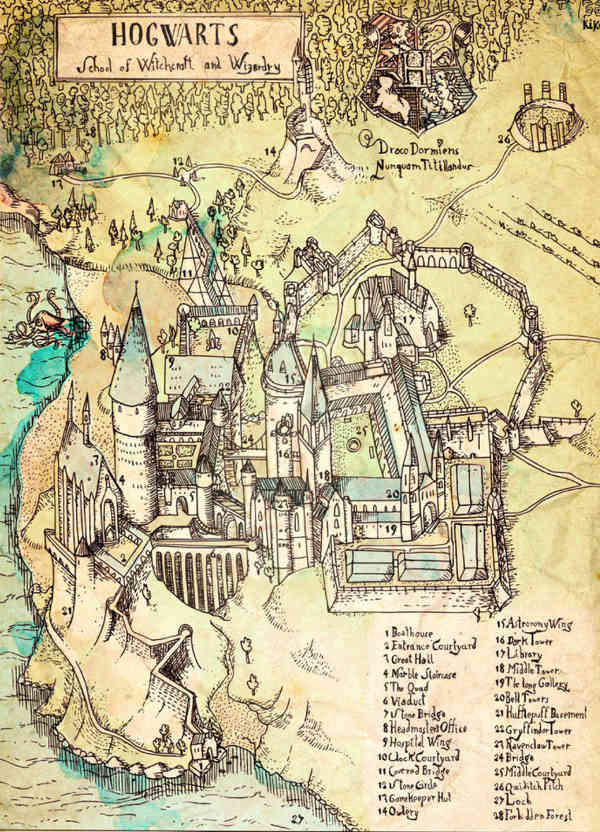
Try using infographics to create maps that look different than what kids expect. Ask them to create their own using tools such as Canva or Infogram.
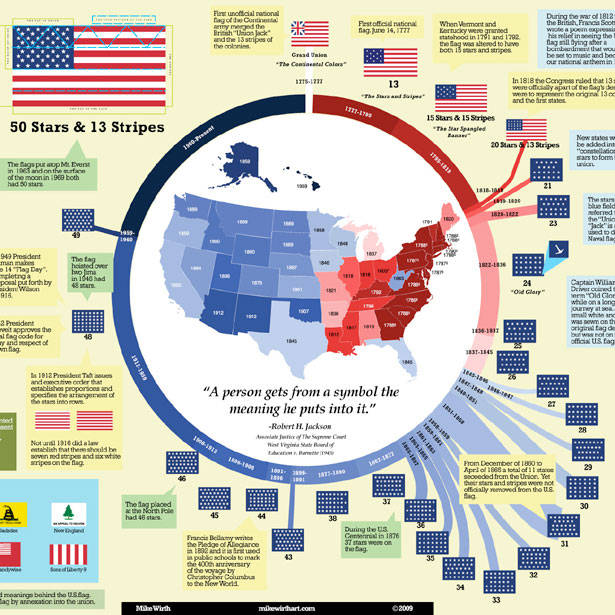
Use maps to make sense of political cartoons.
Explore the tools at The True Size – an online tool that can help kids visualize the actual size of countries.
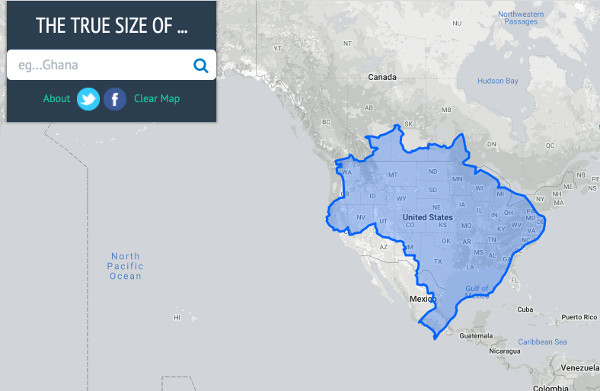
Use Bouncy Maps to connect locations with data. Maps become bigger or smaller to show differences in the data. Want kids to get a visual sense of where refugees are coming from? Be sure to play with all the buttons to create a wide variety of maps.
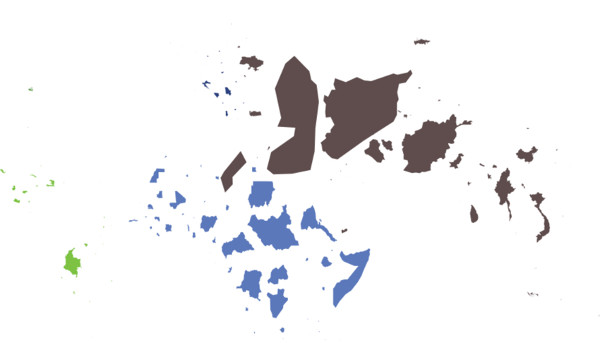
We need to be asking better questions and giving kids problems to solve. These tools can give you the resources to do that.
Still need the answers to our quiz? Here ya go:
- How much of South America is east of Miami, Florida?
Pretty much all of it. - How much of Africa is north of the equator?
2/3 - Which city is further north – Paris, France or Montreal, Canada?
Paris - Venice, Italy is located at the same latitude of what major American city?
Portland, Oregon - Which is bigger? The lower 48 United States or Brazil?
Brazil
cross posted at glennwiebe.org
Glenn Wiebe is an education and technology consultant with 15 years' experience teaching history and social studies. He is a curriculum consultant forESSDACK, an educational service center in Hutchinson, Kansas, blogs frequently at History Tech and maintains Social Studies Central, a repository of resources targeted at K-12 educators. Visit glennwiebe.org to learn more about his speaking and presentation on education technology, innovative instruction and social studies.
